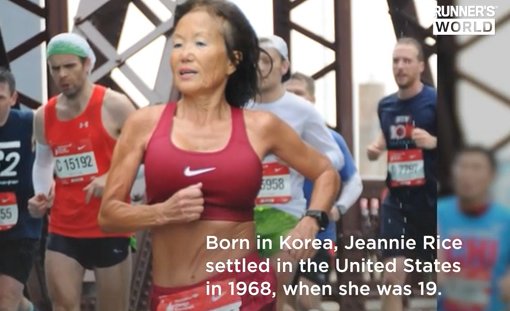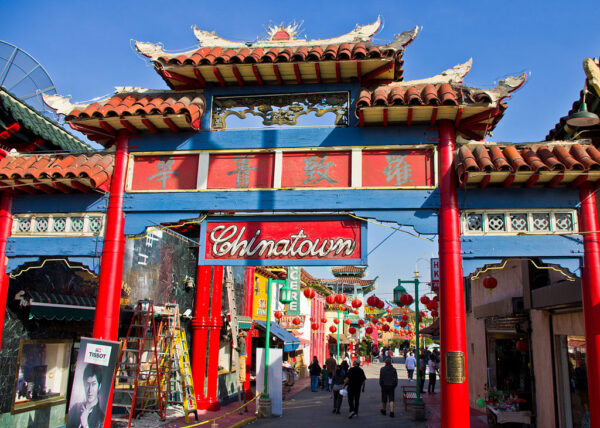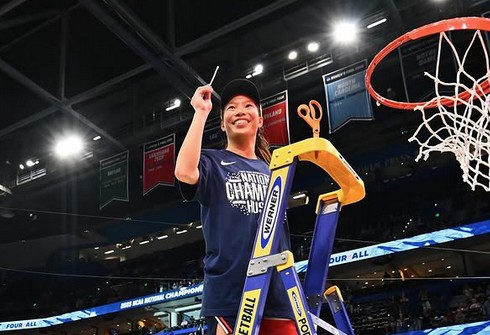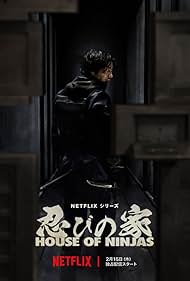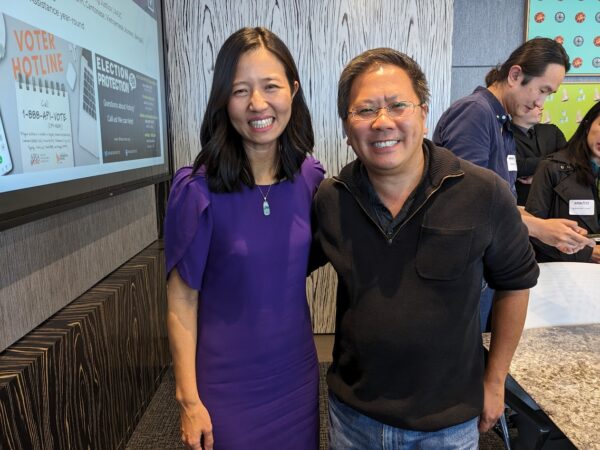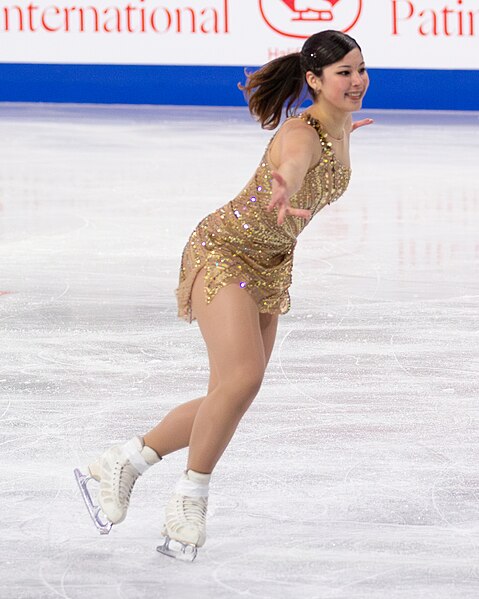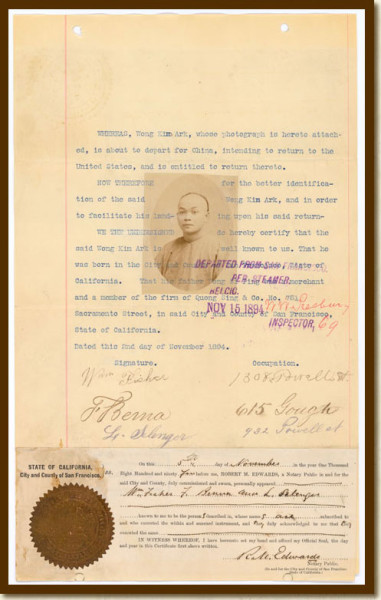77-year-old runner Jeannie Rice has broken every women’s distance world record for the 75-79 age group. Most runners slow down significantly after 70, but she has not. So when British scientists heard that she was running in the London Marathon last year, they asked her if she would be willing to be studied to help understand how humans can stay fit regardless of age. Their tests hinted at ways that people can defy “conventional” aging processes, as well as the extraordinary conditioning of this grandmother and retired real estate agent.
It might not be easy for non-runners to understand how incredibly fit Rice is. Her half marathon record time for 75-79 year-olds is 1 hour and 40 minutes (a 7:38 per mile pace). As a point of comparison, Number Two Son’s best half marathon time is also 1:40, set when he was 25. A measure of cardio fitness that runners and cyclists often use is VO2 MAX. At the age of 76, Rice’s VO2 MAX was measured at 47.8, the highest every recorded for a woman aged 75 years or older. This is better than the typical 20-29 year old male! The best VO2 MAX I ever achieved is a 46 during the first year of the pandemic, and that was after a difficult training regiment.
What lessons can we draw from Rice? While genetics undoubtably pay a major role in her story, a key lesson is to just keep moving. It is never too late to start. She started running at the age of 35, with Korean dance as her only organized physical activity before that. In addition to running, she works in weight training sessions for upper body strength. She avoids fried foods and sweets and eats a lot of fish and vegetables and nuts. You might not think it with the amount of her training, but she is also very social. Healthy and active social connections are associated with healthier aging.
I would also add that she one advantage she has is that she isn’t very heavy. She weighs about 100 pounds at just under 5’1”. Remarkably, she has never had an overuse injury, with her only injury keeping her from her 50 miles a week baseline training was stepping awkwardly on a rock. Being light helps. I had various knee problems from running and solved those by losing weight. Sometimes people think that they will run to lose weight, but I would argue that it is not a good way to lose weight, and that you should do the reverse – to enjoy running with fewer injuries, you should get to a reasonable weight before starting.
When I did road races with my sons when they were younger, they would love to point out when someone in their eighties finished ahead of me. Jeannie Rice’s story makes me want to be that guy! You can read the recently published paper about her here.

